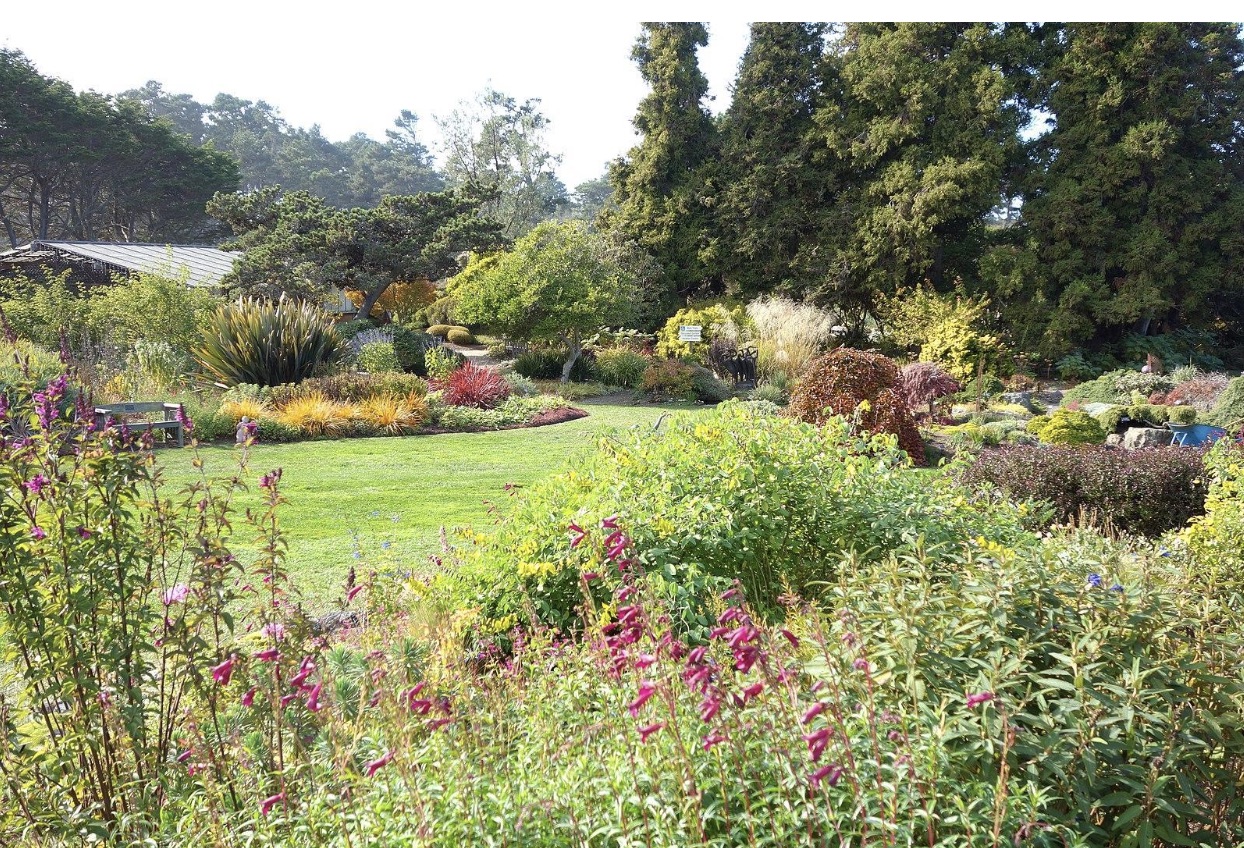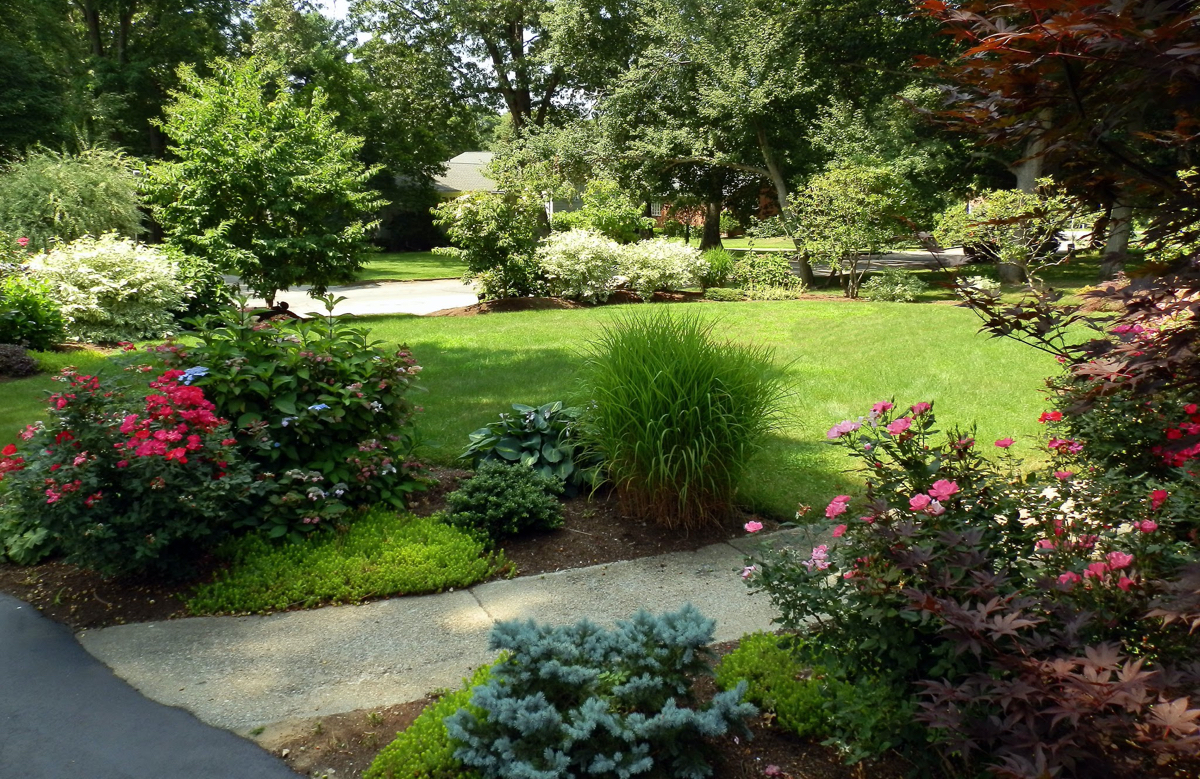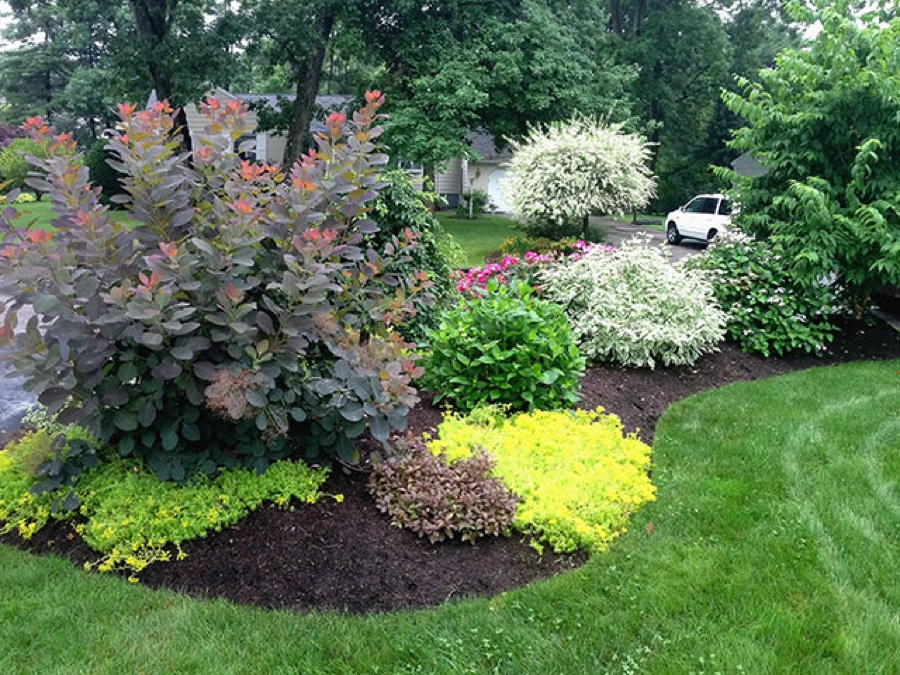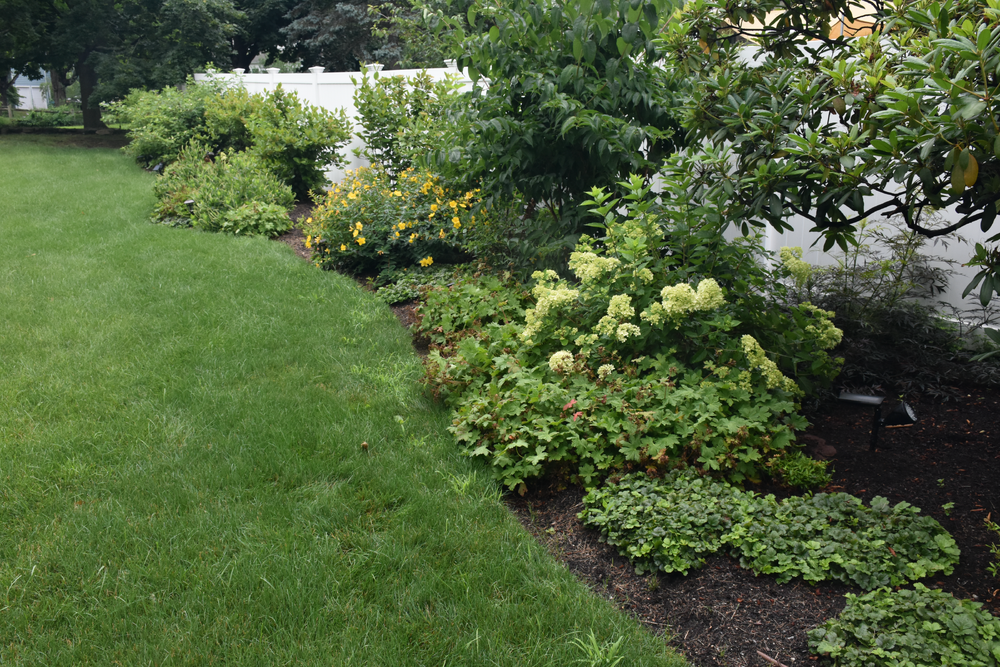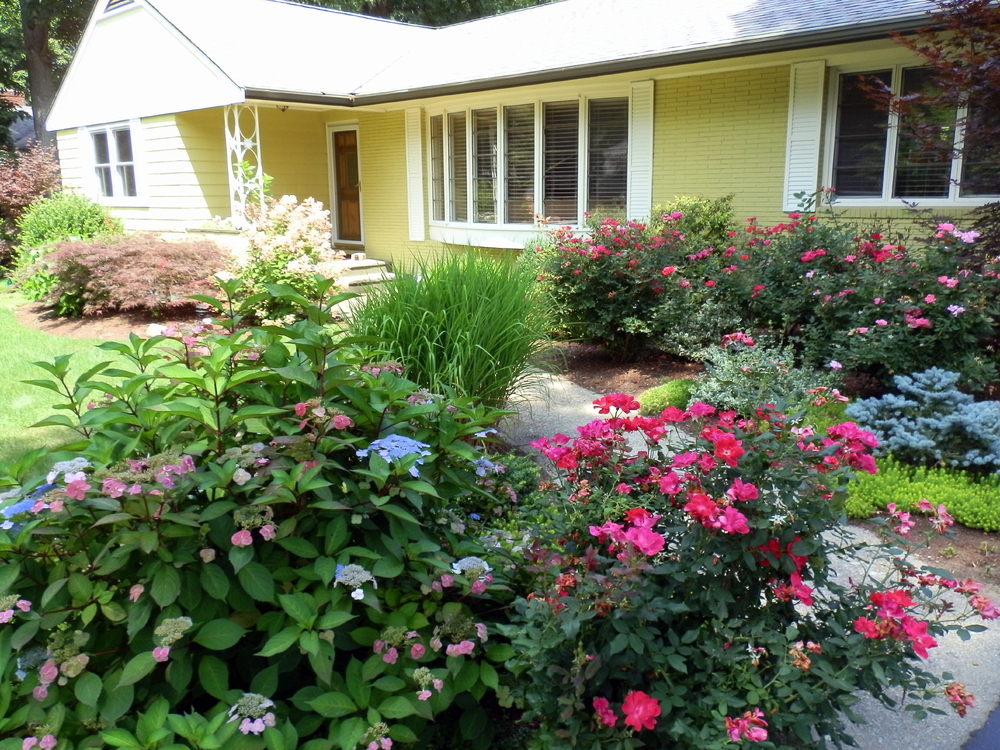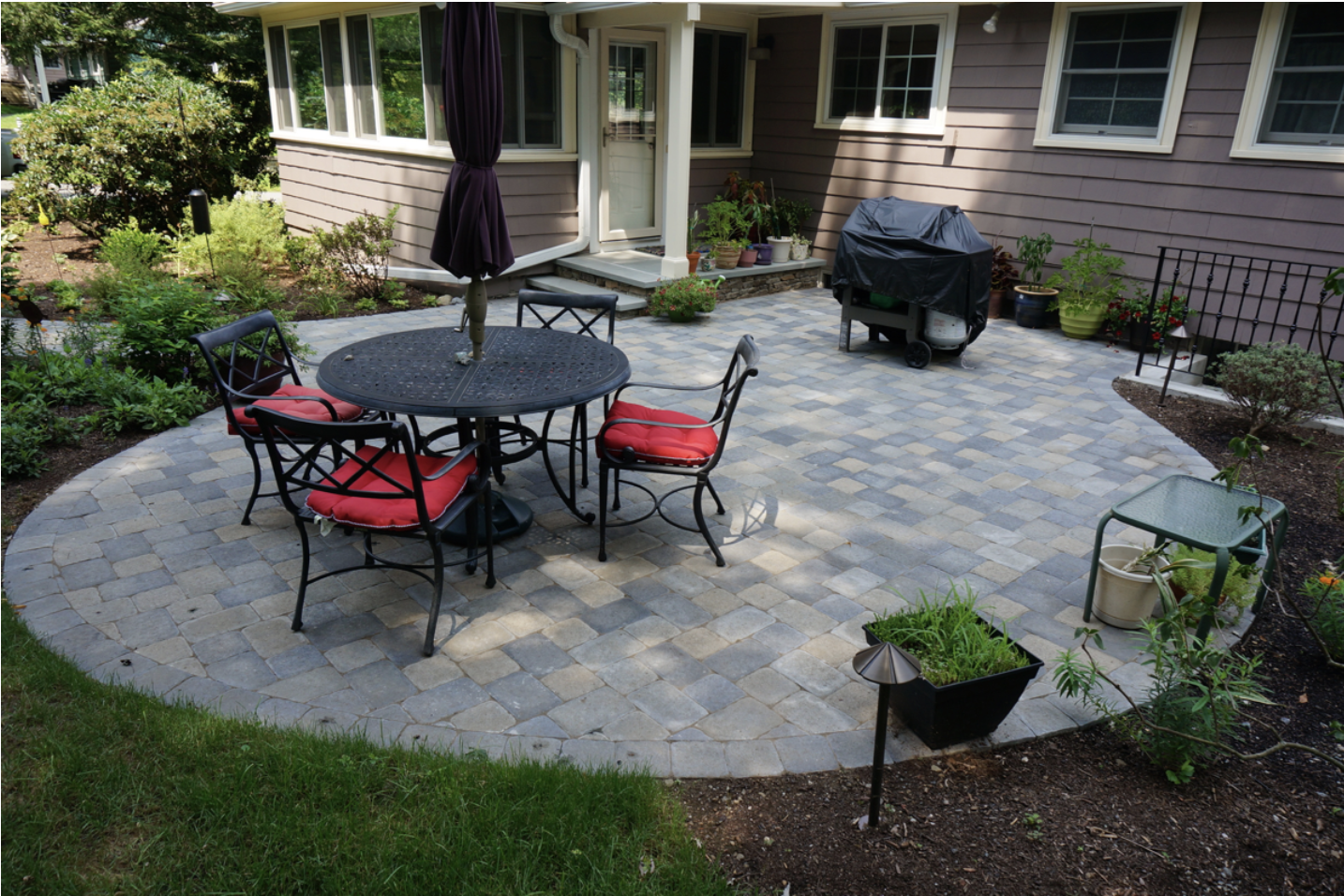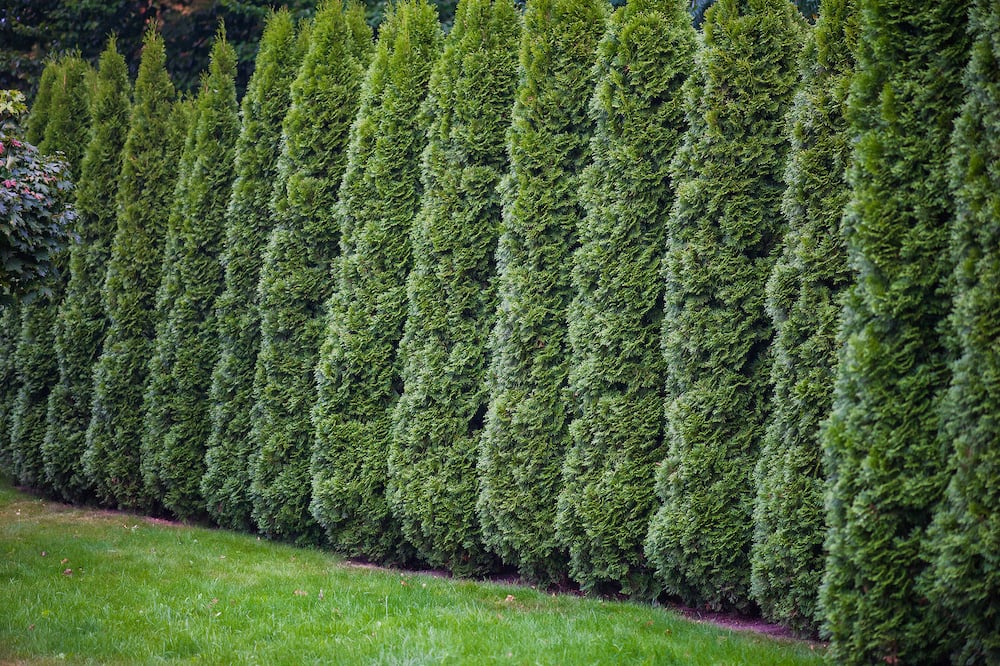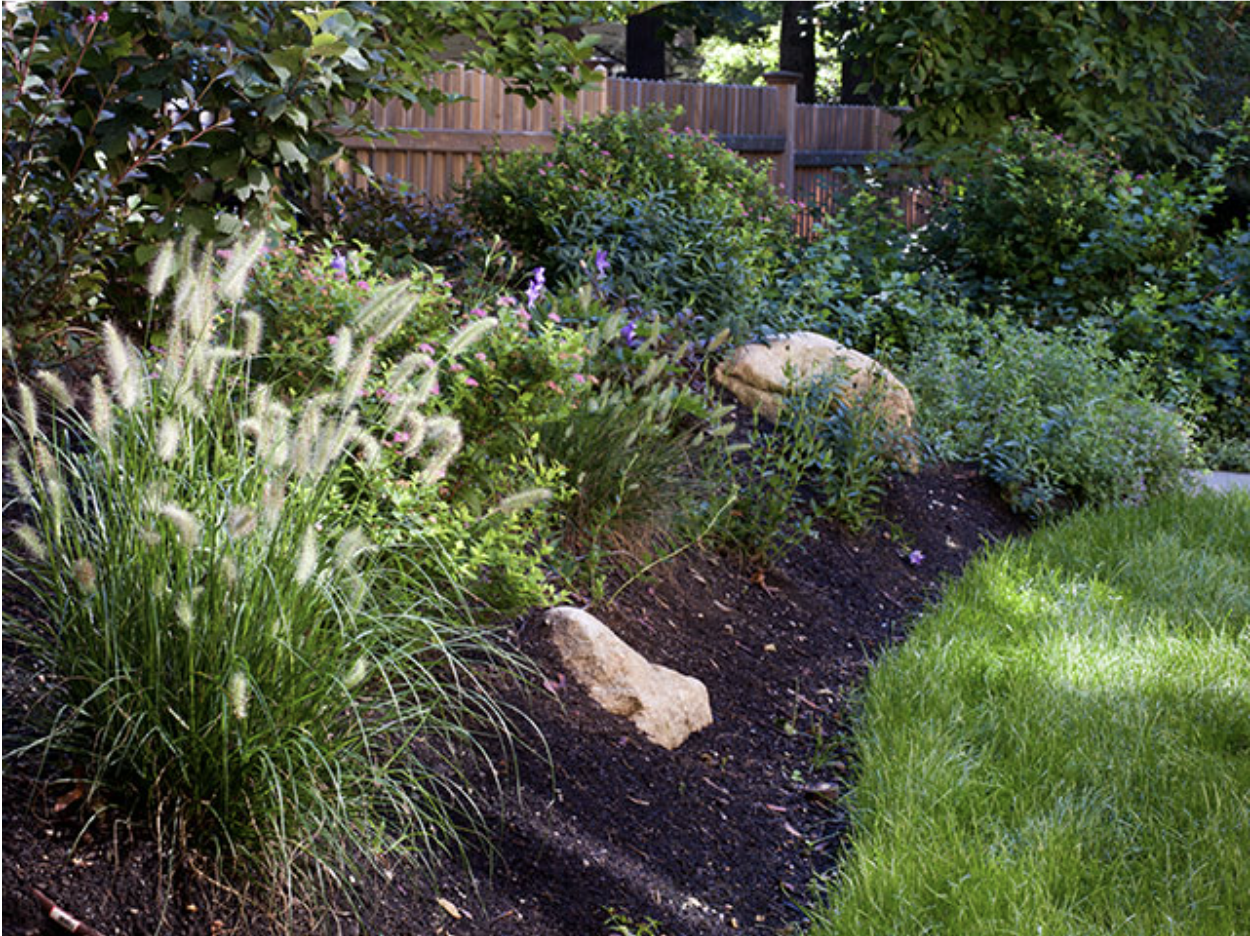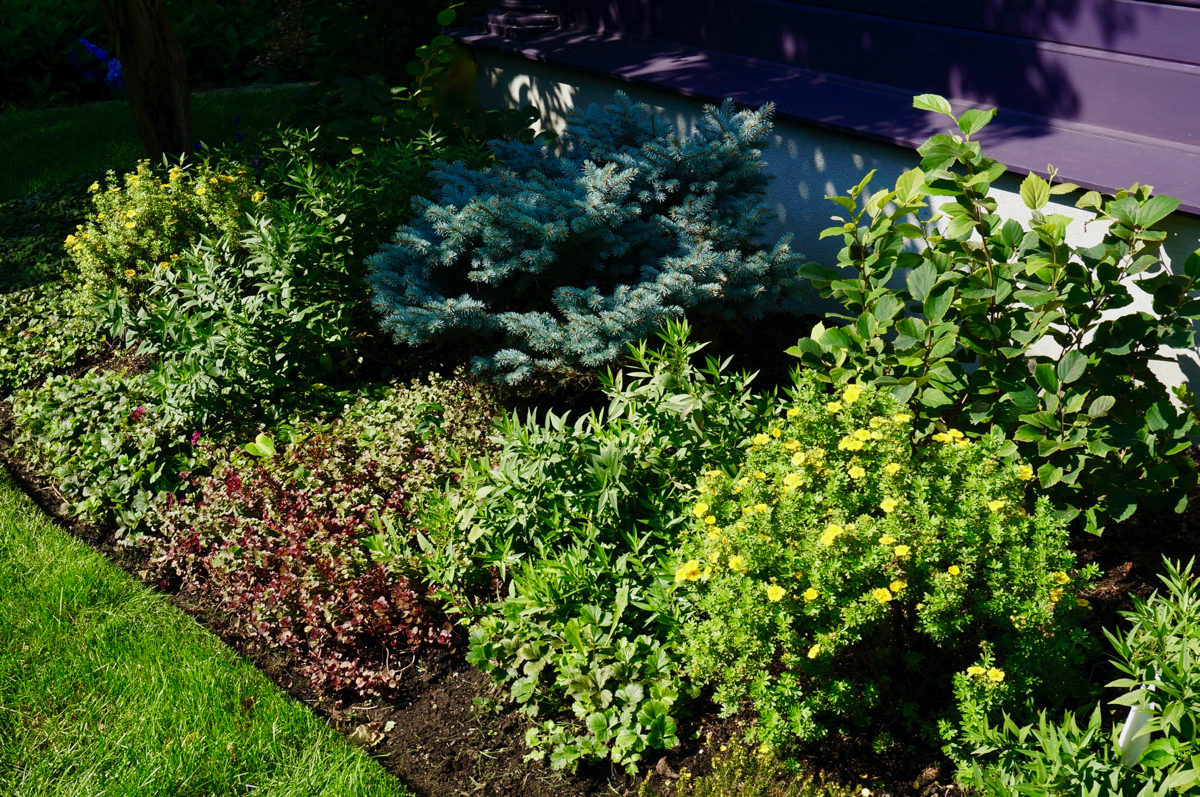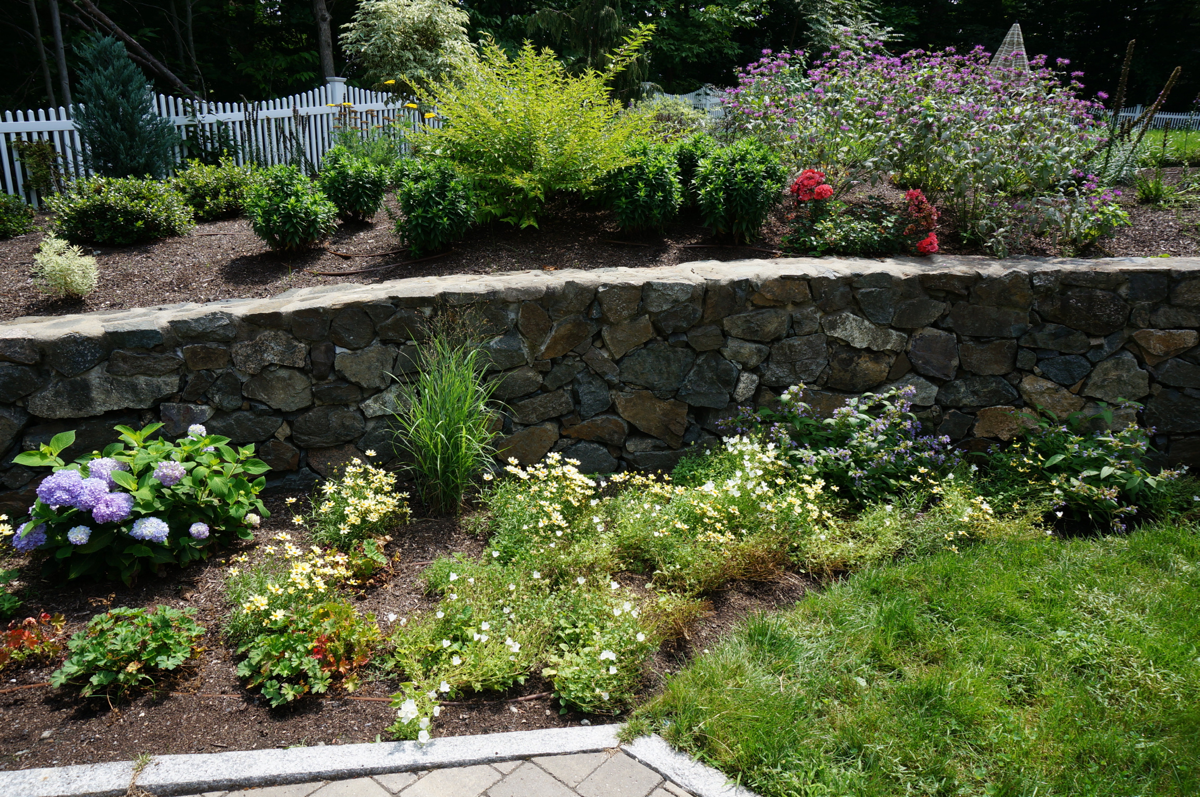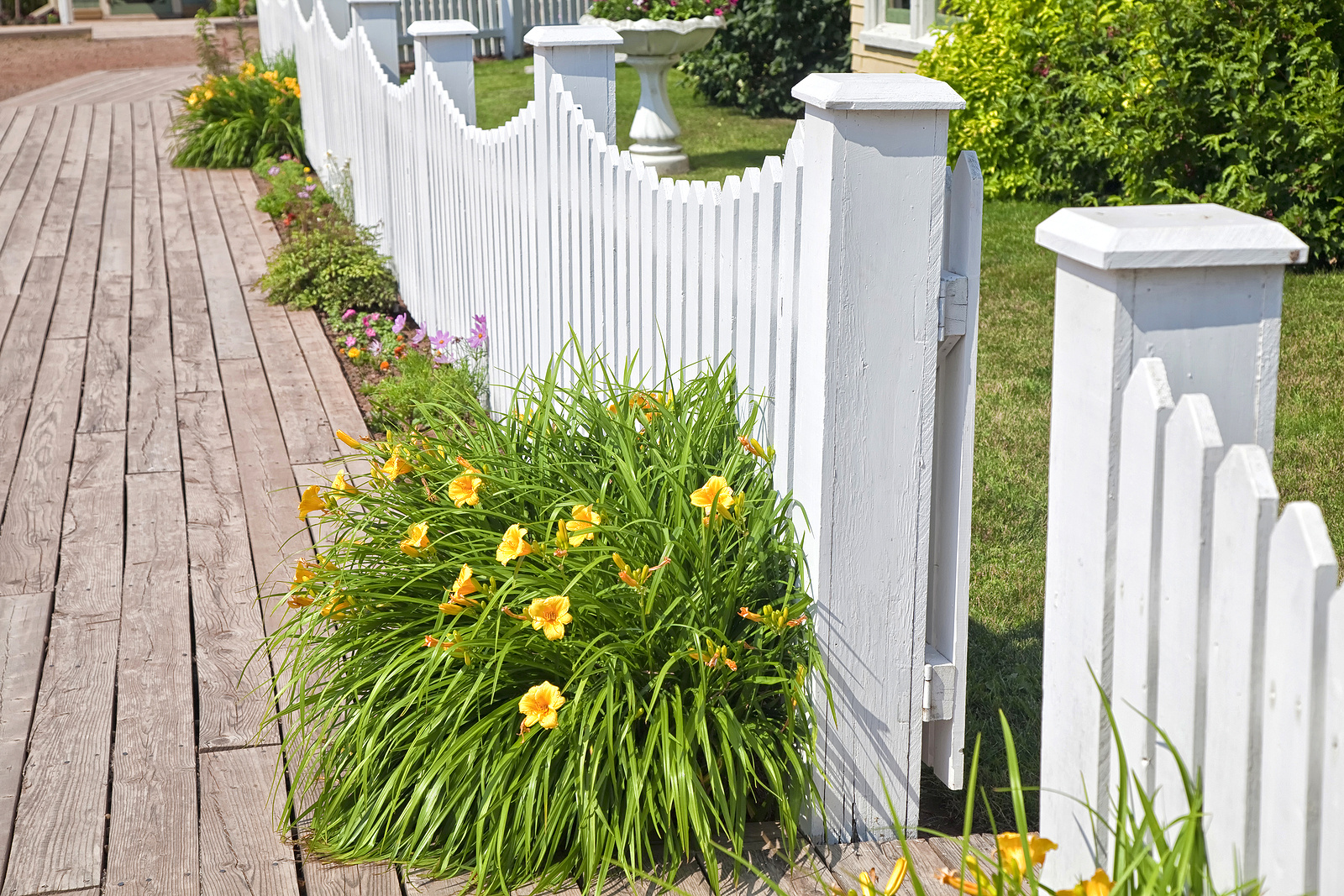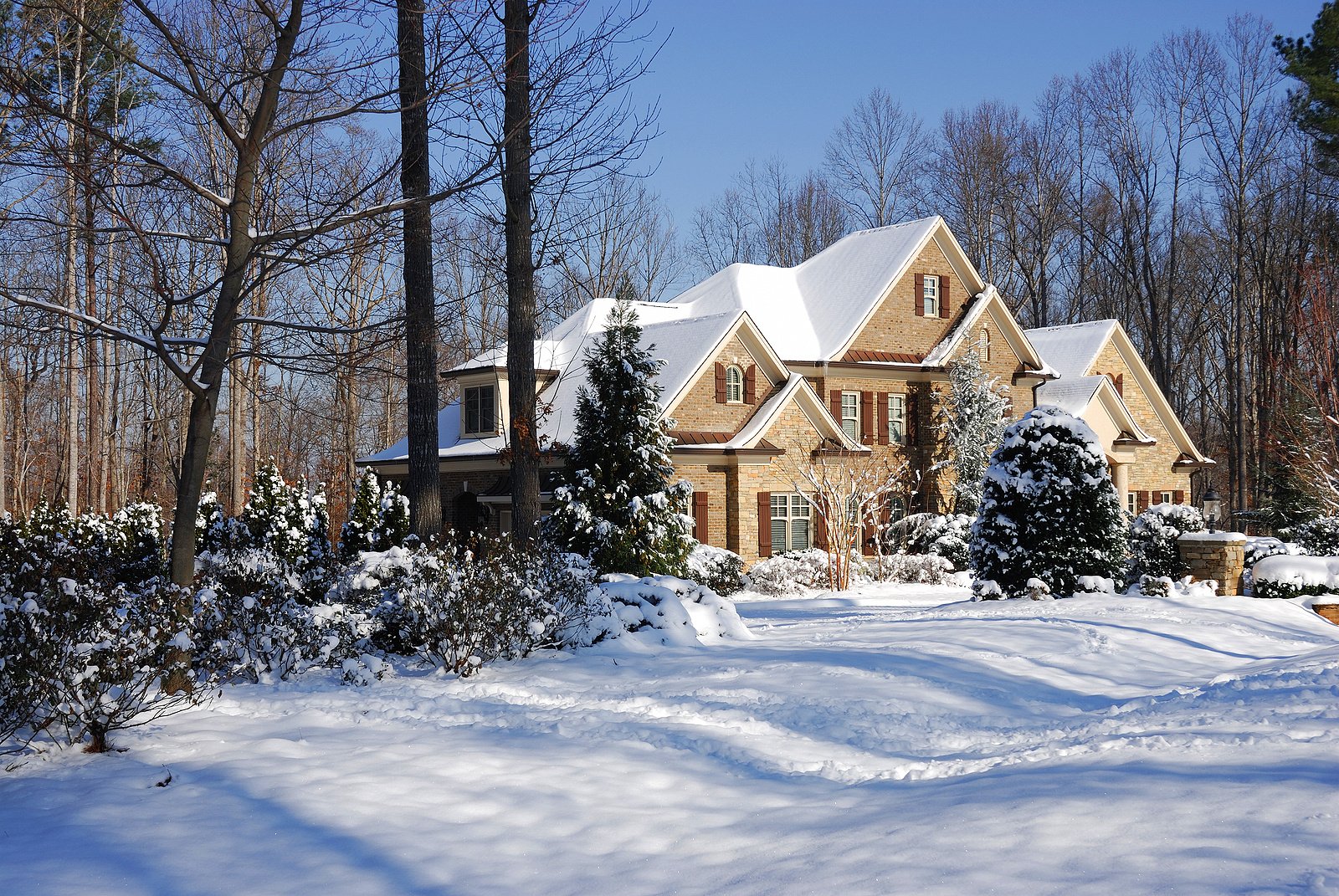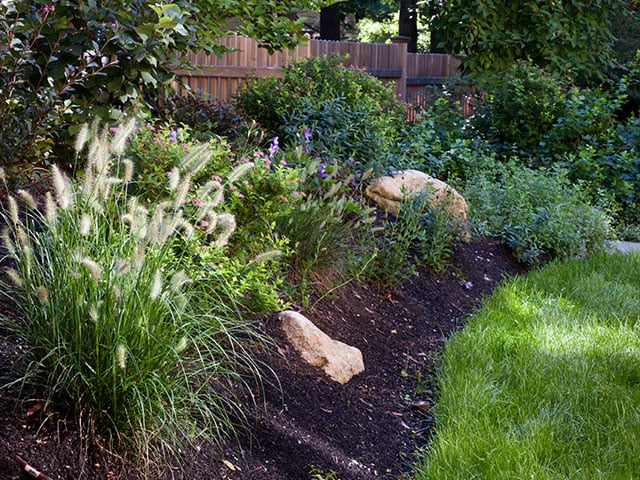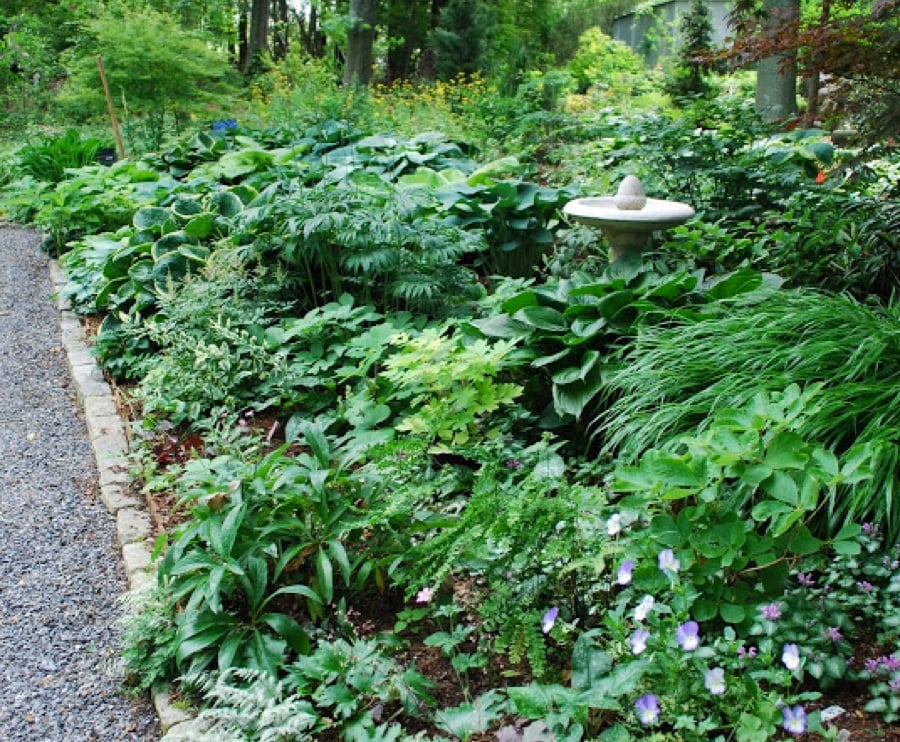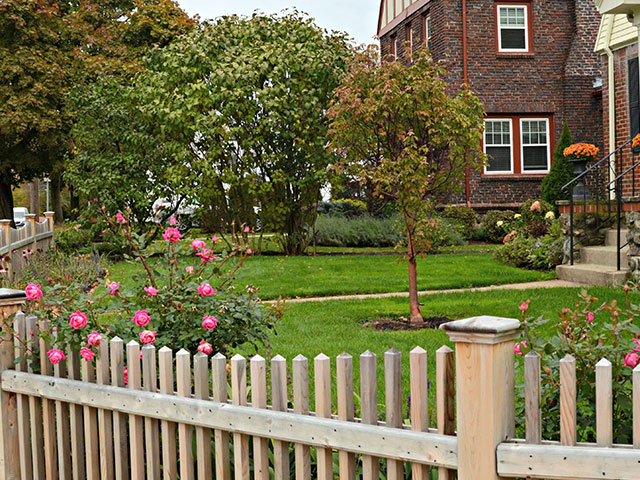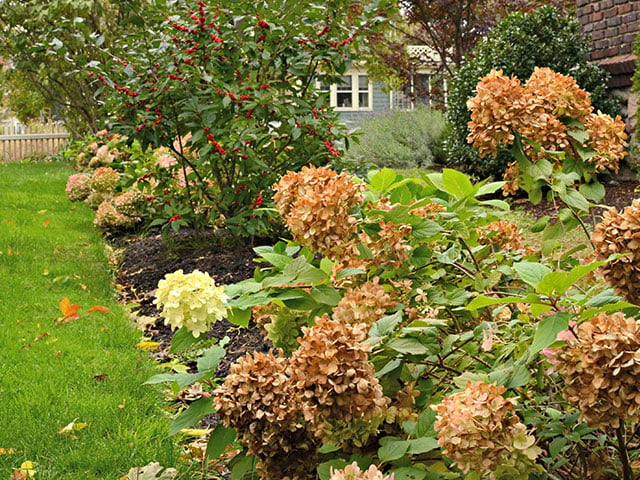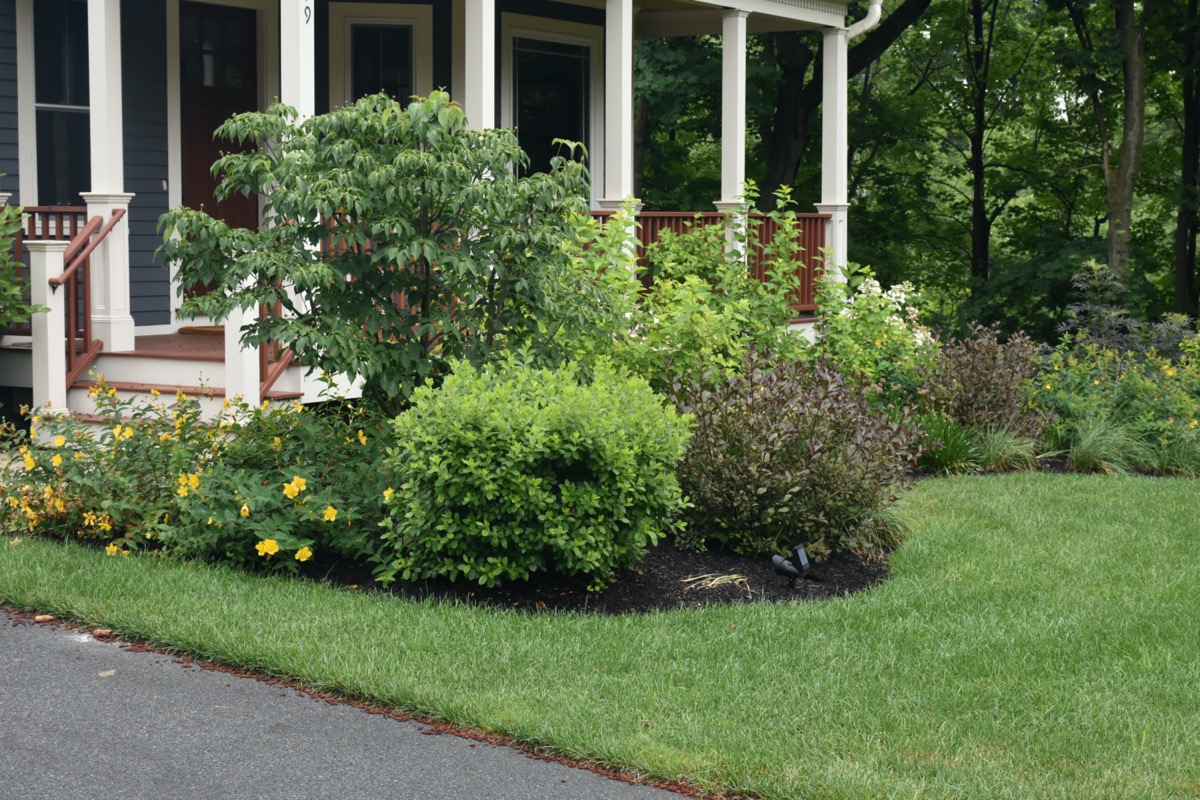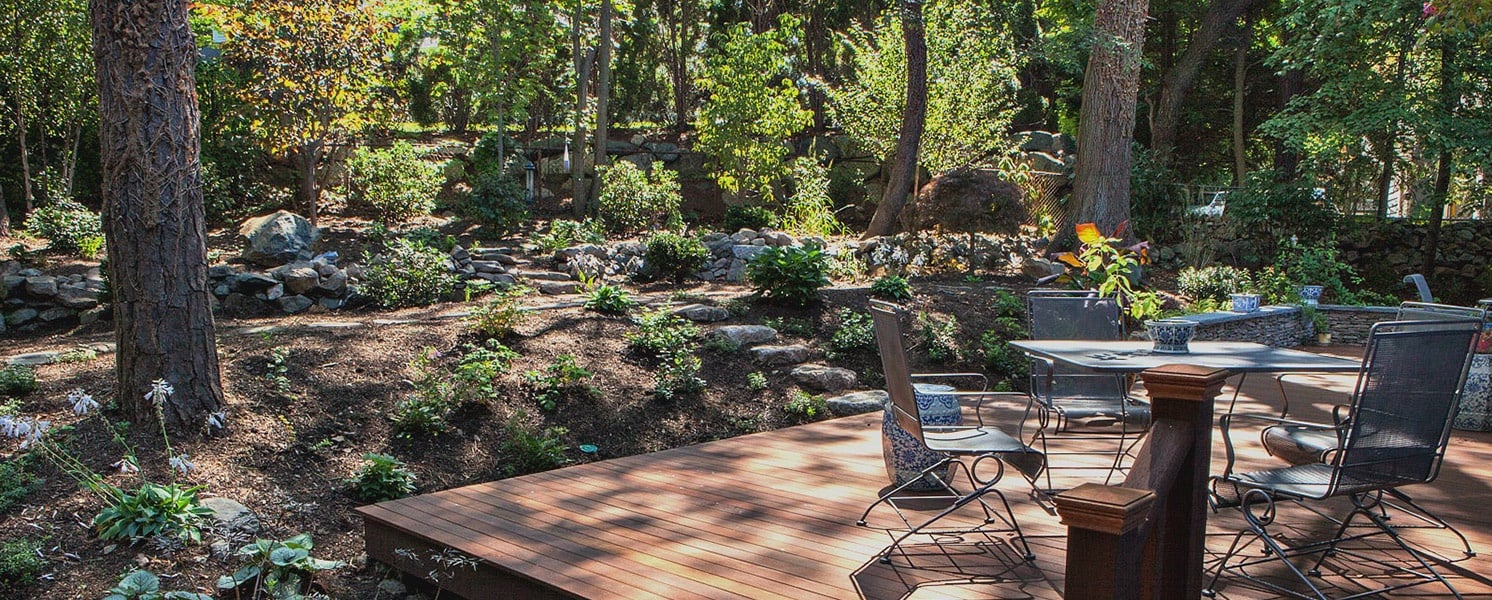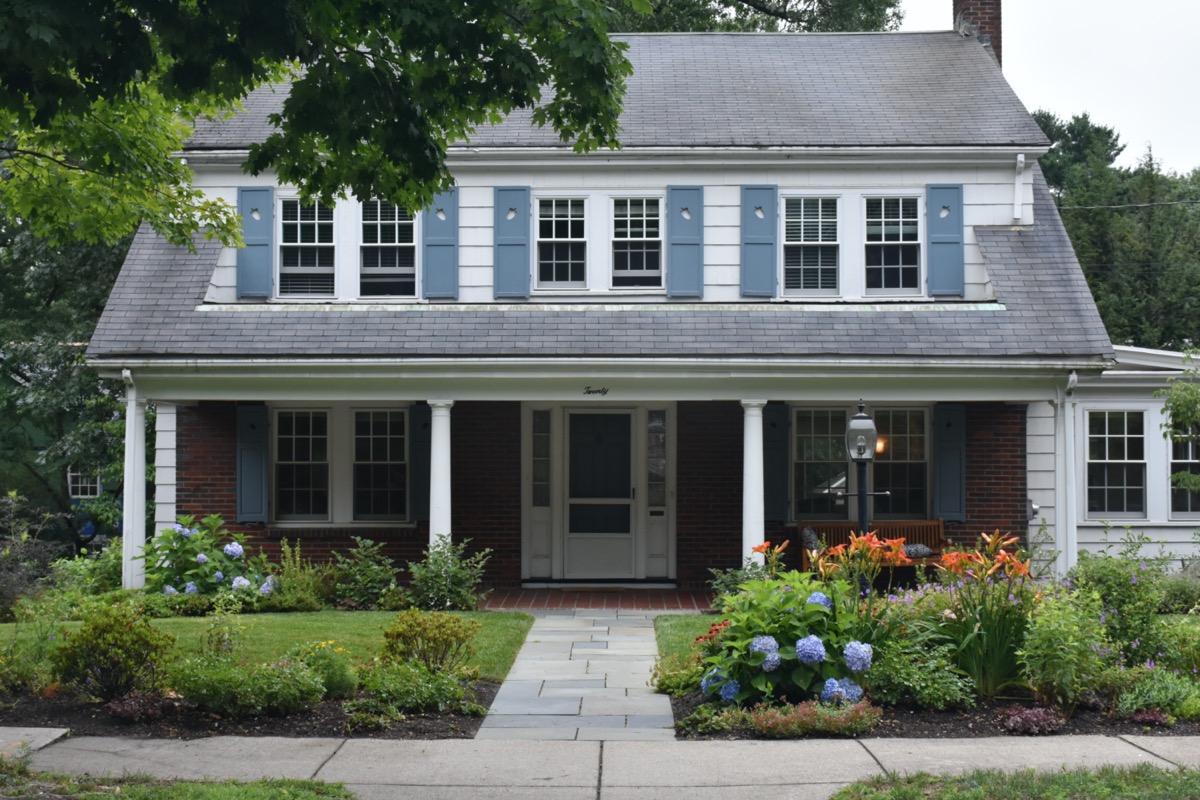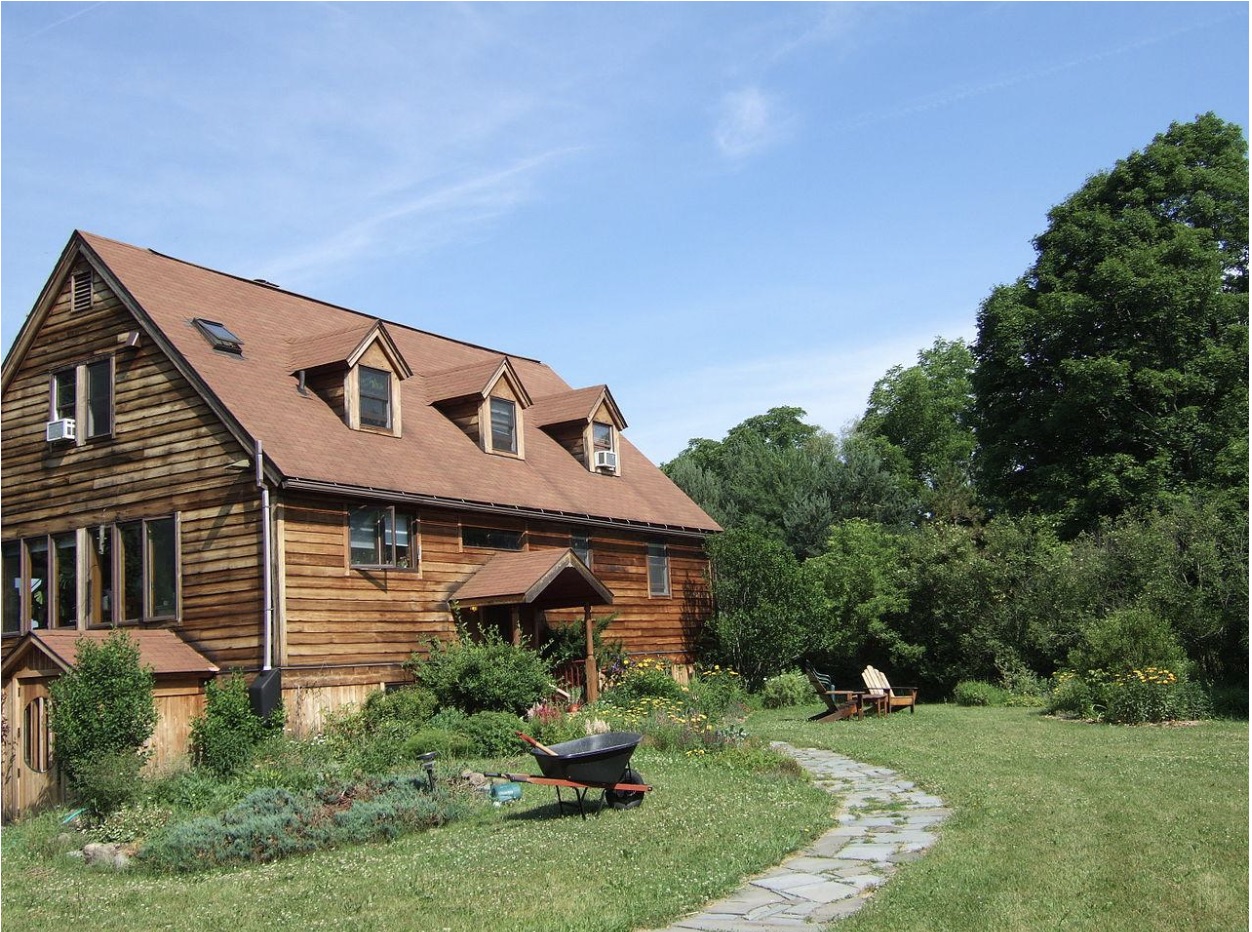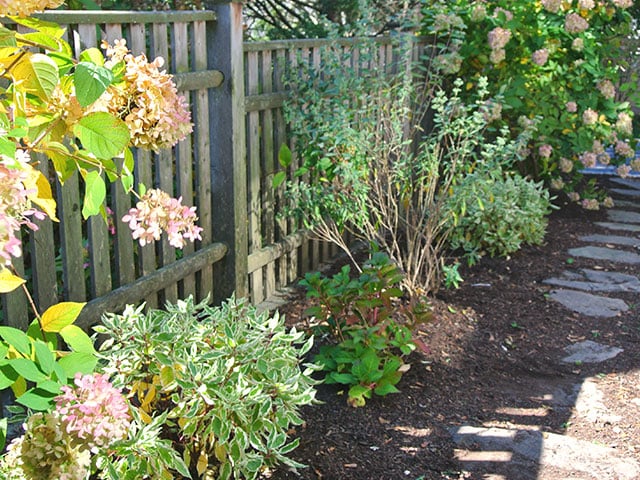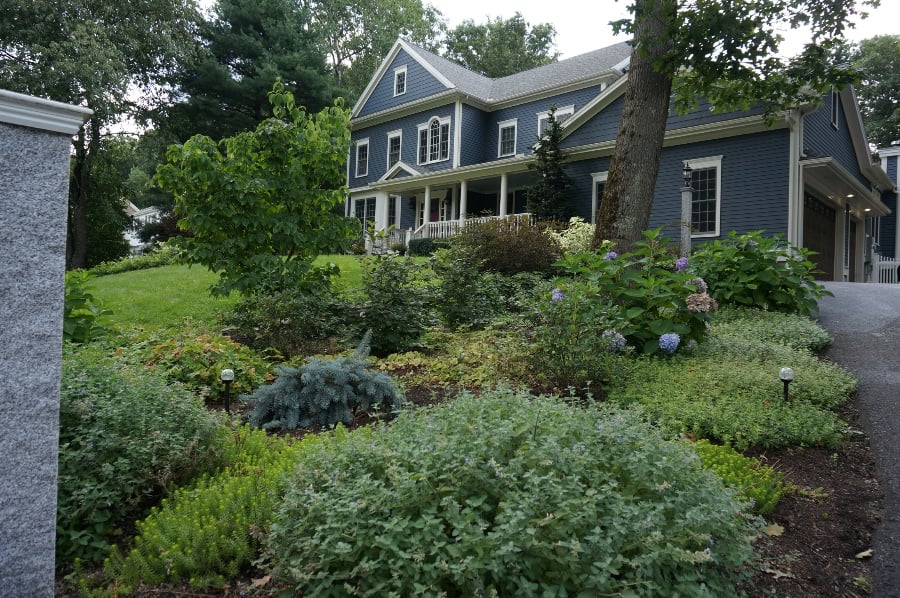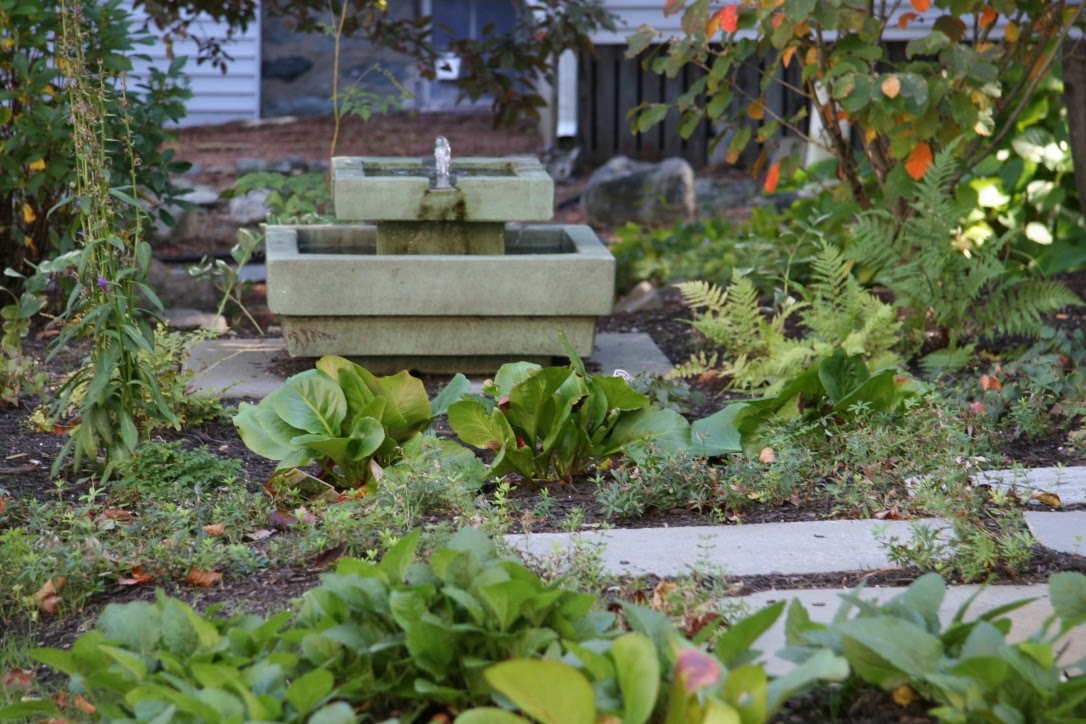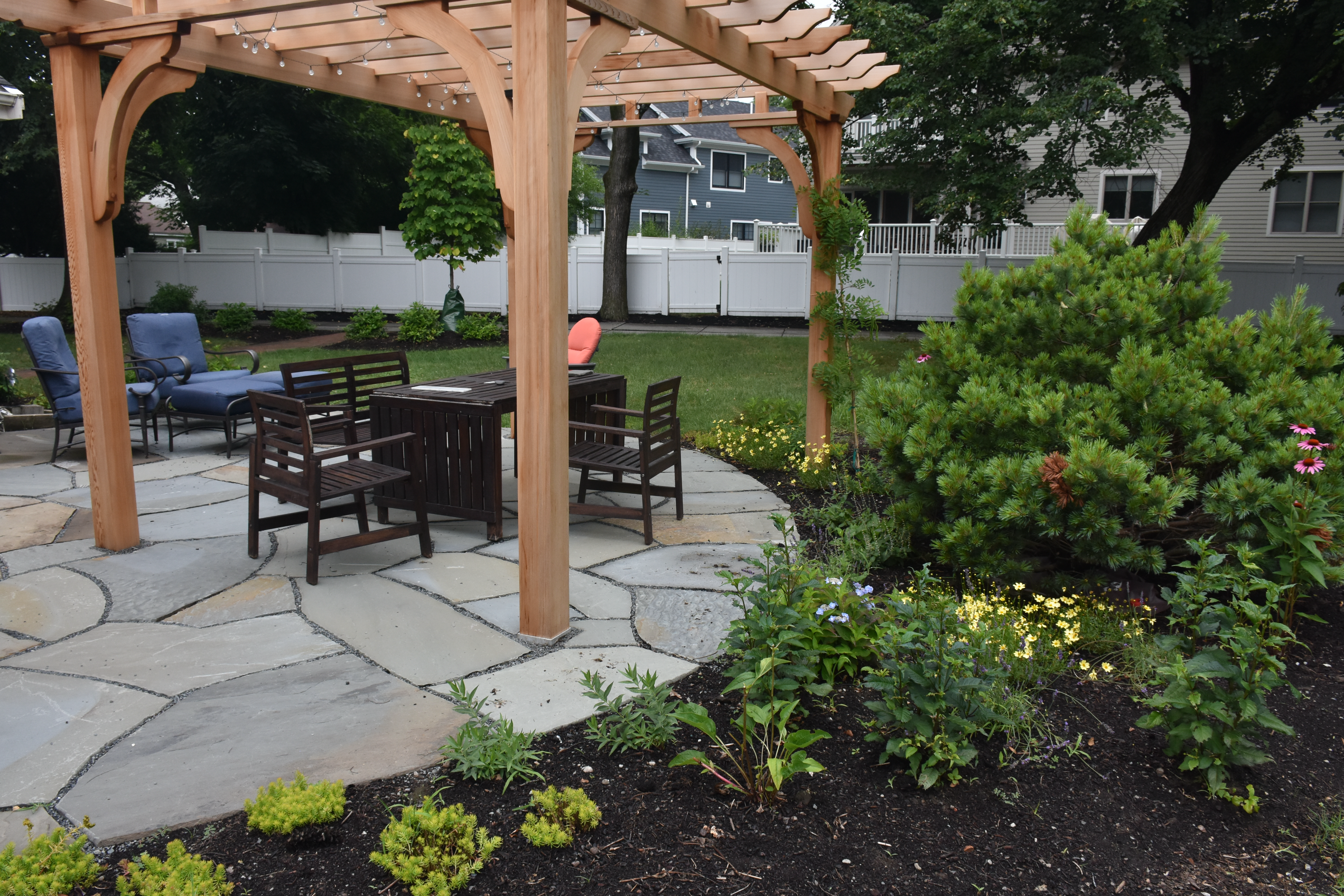There are many benefits to incorporating outdoor lighting around your home’s landscape. Having and implementing a plan for landscape lighting design not only enhances the safety and accessibility of your property, but it also helps highlight key design elements, creates an overall ambiance, and ultimately improves curb appeal as well.
Below are some key considerations for why you should add lighting systems to your home and the types of landscape lighting you should consider adding to your overall landscape design.
Why You Should Add a Landscape Lighting System to Your Home Landscape
Enhance Safety and Accessibility
First and foremost, outdoor lighting is a great way to improve the overall safety and accessibility of your property.
In terms of accessibility, hardscape lighting for walkways, driveways and other focal points around your property will ensure accessibility for residents and visitors.

Pathway lights, flood lights, spotlights, and more can be implemented throughout your outdoor space to improve visibility over well-traveled areas and reduce the risk of accidents during the night. Utilizing motion sensors and timers for your outdoor lighting systems is another way to ensure handicap accessibility and safety.
Intuitively, a well-lit house also works very well to deter potential intruders or other unwanted visitors such as pests or animals.
Highlight Focal Areas
Lighting key design elements within your outdoor landscaping, as well as the home itself, is a great way to create the desired ambiance and draw attention to your property’s highlights.
For example, upward facing bullet lights around your home’s foundation are a great way to promote key architectural elements. Uplights for beautiful trees is another idea to consider.
Garden lighting for illuminating beds, plantings, water features and other fixtures is a popular option for showcasing your green thumb. If you have a patio, implementing lighting by your grill, furniture, and other elements will liven up your outdoor space.
Improve Curb Appeal
By highlighting architectural features, focal points, and other design elements throughout your property, the curb appeal of your home will boost significantly. More specifically, creating depth and texture with shadows and highlights will add ambiance, intrigue, and appeal.
In addition, lighting techniques such as symmetry and balance can be part of your outdoor design plan. Finally, an outdoor lighting system is not only beneficial during the summer, but can help even in winter. During the winter, illuminating snow-covered landscapes during the holiday season is a fantastic way to create a festive mood.
Types of Landscape Lighting
There are countless lighting types and lighting techniques for your overall design plan. When creating the plan, make sure to consider the landscape lighting installation process.

An experienced lighting professional will have the expertise to help you choose the appropriate lighting customized to your property, and can manage the installation process. You have many lighting options available to you, and a pro can help you weigh the pros and cons of each. Some of the options you can explore include:
Pathway Lighting
These types of lighting fixtures are typically low voltage and typically placed around walkway and garden paths. Path lights are key to illuminating safe walkways.
Accent Lighting
Accent lighting is used to draw attention to specific features in your outdoor space. Specifically, they create focal points and can also highlight architectural elements, plants, trees and much more.
Flood Lighting
Flood lighting is a terrific way to cast a broad light on key spaces, such as a retaining wall, a driveway gate, or even water features. Flood lights help ensure safety and create a practical ambiance, and should be a key part of your overall landscape lighting design.
Well Lighting
Well lights are installed in the ground to provide uplighting to key design features. They are used on walkways, in front of plants, around swimming pools, or to highlight key architectural features of the house itself.

Step Lighting
Step lighting is a must when it comes to designing deck lighting. Mounted onto structures like decks, stairs, or railings, step lighting ensures safety and accessibility for well trafficked outdoor spaces. Various techniques can be applied for step lighting, such as accents, downlighting, or even spotlighting. This flexibility can be useful for any design aesthetic or outdoor lighting plan.
Down Lighting
Downlighting is a useful technique for creating spatial proportions, calling out features, or framing. For example, downlighting a garage door is a straightforward way to illuminate the entire driveway. Adding down lights to large trees is also common. Consider the light intensity and swath size to capture the desired design impact.
As you can see, there are endless lighting techniques, types of lighting, and landscape lighting ideas to consider when coming up with a plan for your property, and the benefits are considerable. Make sure to think about what is practical, as well as the overall aesthetic and ambiance you’d like to create with your landscape lighting design. With these tips in mind, you’re well on your way to building the outdoor landscape of your dreams.
To learn more about designing a custom landscape for your home, download our free ebook, The Mindful Homeowner's Guide to Transformative Landscape Design. If you're ready to get started on your new landscape project, or simply want to learn more about the process, you can contact our team here to schedule a free consultation. We'd love to talk to you!








